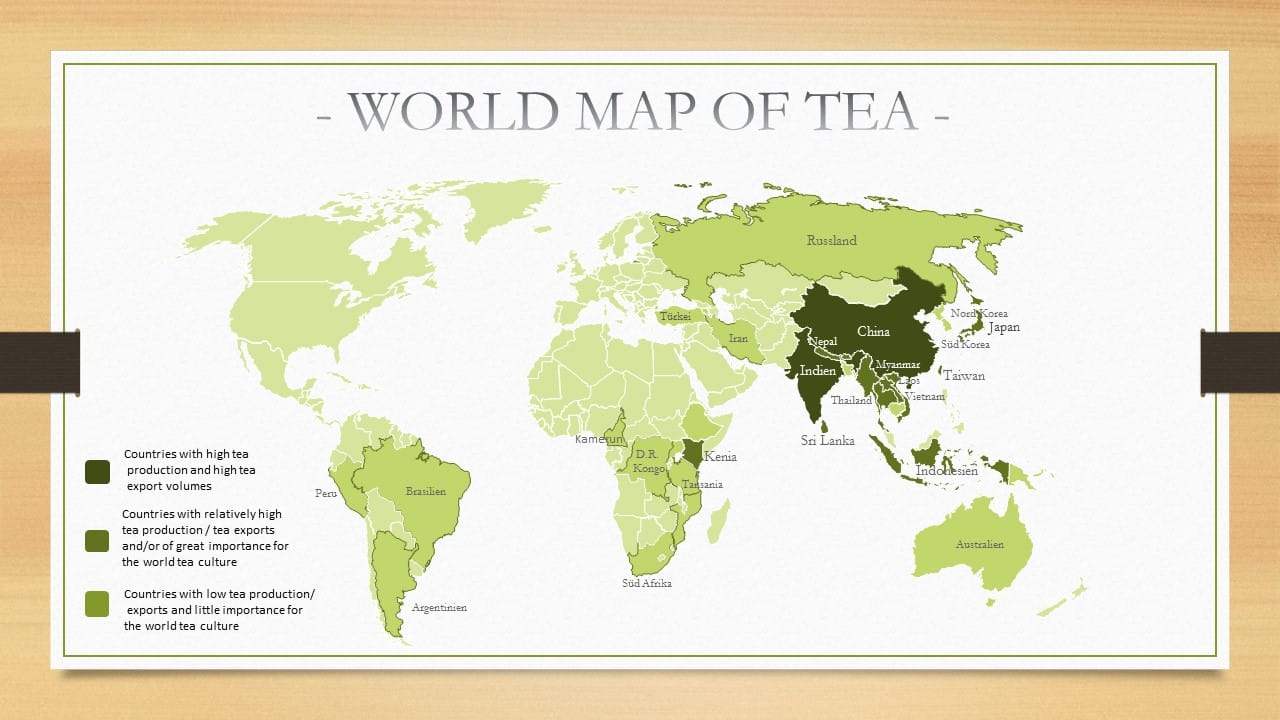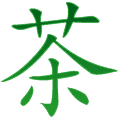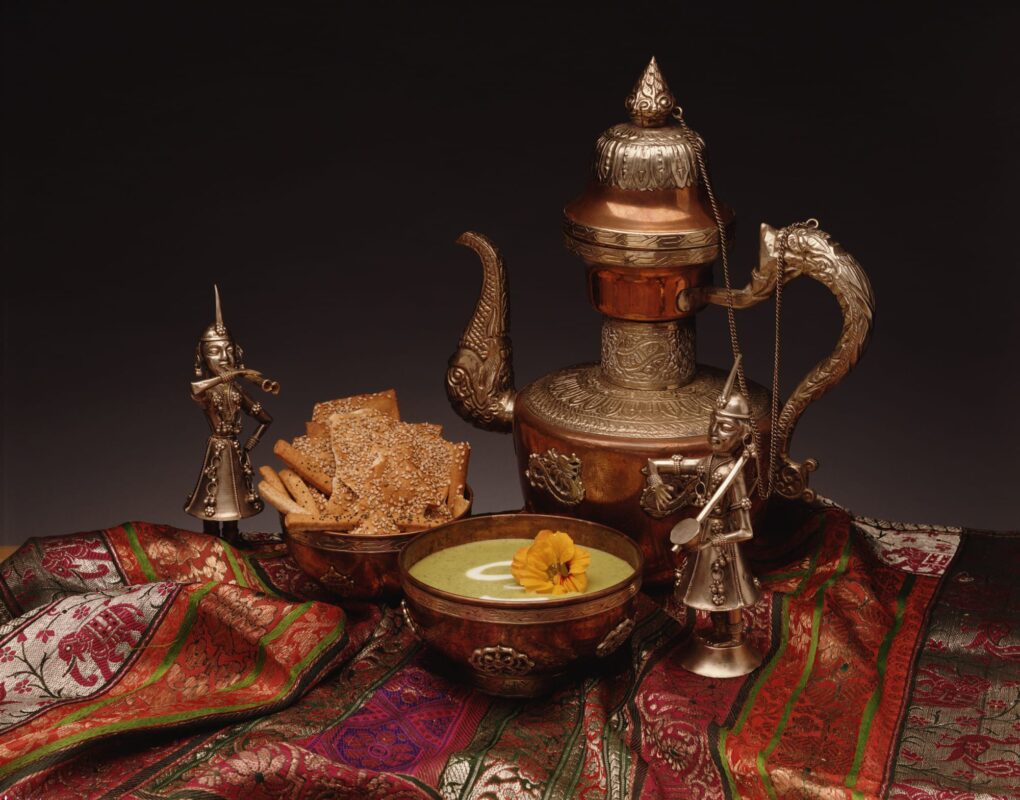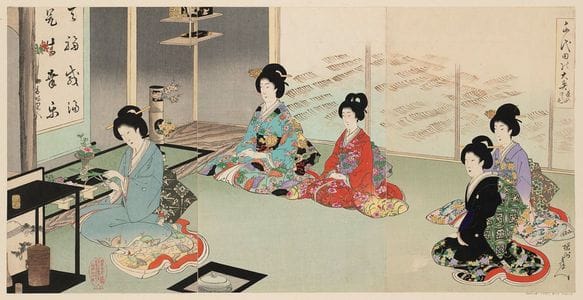Global culture is not a recent discovery.
It is sometimes funny that we are like babies with open mouths, astonished, listening about the wonderful thing that is modernity, but sometimes we discover that "new" things were invented thousands of years ago before Internet, aviation and mass traveling.
Tea is the oldest globalized beverage that joins humankind in the same experience.
Enlarge

Google Photo
More incredibly, the entire world uses only two words for the same meaning: tea and chai. Sometimes small changes are realized in the different languages but the original root of the word is the same. For example:
Afrikaans: tee
Albanian: caj (pronounced chai)
Arabic: chai or shai
Armenian: te
Azerbaijani: caj (pronounced chai)
Basque: tea
Belarusian: harbatu
Bengali/Bangla: cha
Bulgarian: chai
Catalan: té
Chinese (Cantonese): cha
Chinese (Mandarin): chá (second tone / pronounced with the "a" in a rising tone)
Croatian: caj (pronounced chai)
Czech: caj (pronounced cha-i)
Danish: te
Dutch: thee
English: tea
Esperanto: teo
Filipino/Tagalog: tsaa
Finnish: tee
French: le thé (masculine)
Galician: té
Georgian: chai
German: der Tee
Greek: tsai
Haitian Creole: té
Hebrew: teh
Hindi: chai
Hungarian: tea (plural: teak)
Irish: tae
Italian: te (pronounced teh)
Icelandic: te
Indonesian: teh
Japanese: o-cha (o- is used as a prefix meaning "honorable" and -cha is used to mean "tea" in various tea names, such as matcha, sencha and hojicha)
Korean: cha
Latvian: teja (pronounced tay-ya)
Lithuanian: arbata
Luxembourgish: Téi (like in German, all nouns are capitalized in Luxembourish)
Macedonian: chaj (pronounced chai)
Malay: teh
Maltese: te
Norwegian: te
Persian: chay (pronounced chai in most areas)
Polish: herbata
Portuguese: cha (pronounced shah with a Brazilian accent)
Romanian: ceai
Russian: chai
Serbian: caj (pronounced chai)
Sinhalese (Sri Lanka): thé (The word for teapot is actually a Dutch loanword. It is theepot.)
Slovakian: caj (pronounced chai)
Slovenian:caj (pronounced chai)
Somali: shaah
Spanish: el té (masculine; pronounced tay)
Swahili: chai (pronounced cha-i)
Swedish: te
Taiwanese: de (boba naicha refers to Taiwan; popular "tapioca pearl tea")
Tamil (Sri Lanka): tea
Thai: chah (chah yen refers to Thai iced tea)
Tibetan: cha or ja
Turkish: cay (pronounced chai)
Ukrainian: chaj (pronounced chay)
Urdu: chai
(North) Vietnamese: che
(South) Vietnamese: tra (sometimes pronounced cha or ja)
Wolof: achai (pronounced uh-chuy)
Welsh: te
Yiddish: tey
Zulu: itiye
With small exceptions, tea is a global word with no chance of misunderstanding, but the real difference is in the thousands of different qualities you can find in any corner of the world.
Let's understand a little general information about tea and its culture.
CHINA
Tea cultivation and use is important in China. It is a story 5000 years old and every fragment of their cultural tradition talks about tea.
According to legend, in 2732 B.C.E. Emperor Shen Nung discovered tea when leaves from a wild tree blew into his pot of boiling water.
In 200 B.C.E. a Han Dynasty Emperor ruled that when referring to tea, a special written character must be used illustrating wooden branches, grass, and a man between the two. This written character, also pronounced "ch'a" symbolized the way tea brought humankind into balance with nature for the Chinese culture.
Up to the mid-17th century, all Chinese tea was Green tea. As foreign trade increased, though, the Chinese growers discovered that they could preserve the tea leaves with a special fermentation process. The resulting Black tea kept its flavor and aroma longer than the more delicate Green teas and was better equipped for the export journeys to other countries.
Enlarge

Credit: China Files
JAPAN
Japan also has traditions of drinking tea from China. Legend says that in the 9th century, Japanese visiting China brought back to Japan tea seeds and started the cultivation process. A monk called Dengyo Daishi introduced tea as an official beverage in the Buddhist monasteries to help with long meditation.
The Chanoyu (or tea ceremony) evolved in the late 15th century under the influence of the Japanese philosophies of Zen Buddhism. The ceremony places supreme importance on respecting the act of making and drinking tea. Zen Buddhism honors the essential elements of Japanese philosophy and culture (harmony, purity, respect, and tranquility) during the Chanoyu Ceremony.
INDIA
India cultivation of tea has been the gate to let the beverage expand use around the world.
The origin of the cultivation in the country is not clear, but it seems has been settled during the Opium War when India received tea as payment for black silver.
Enlarge

Credit: Pinterest
In the Assam province, in the north of India, was discovered a local quality of tea that made India more independent from China. The story tells that a British man, Mr. Robert Fortune, developed the traditional way to cultivate tea from China and taught it to Indians. The influence of English trading company during the 9th century has expanded to the trading of tea around the world and especially influencing the English culture and educating Europeans on drinking tea.
EUROPE
I am sorry to burst the bubble that British people had a relevant role in the tea matter. They did not drink tea until 1662 when King Charles II married the Portuguese princess Catherine of Braganza. Britain's new queen had always loved tea and brought with her, as part of her dowry, a chest of fine Chinese tea. She began serving the tea to her aristocratic friends at court, and word of the exotic royal beverage spread quickly.
So in fact, the Portuguese and Dutch have been the main actors in the importing of tea in Europe since 1610. The beverage was a symbol of luxury and the least expensive pound of tea available cost the average laborer about a month's worth of wages. The lofty tea prices made tea highly fashionable and elitist.
The Dutch dominated the tea trade until 1678 when the British began importing tea on a commercial scale. The British royal family, seeking full control and profits over trade, chartered the East India Company and granted it a monopoly on all trade throughout Asia and Eastern Africa.
The supremacy of the East India Company continued until the British Parliament declared the trade routes open to competition in 1833. The British East India Company changed the world: They claimed Hong Kong, Singapore, and India as British colonies, and prompted a global economy and a global culture...all because of tea.

